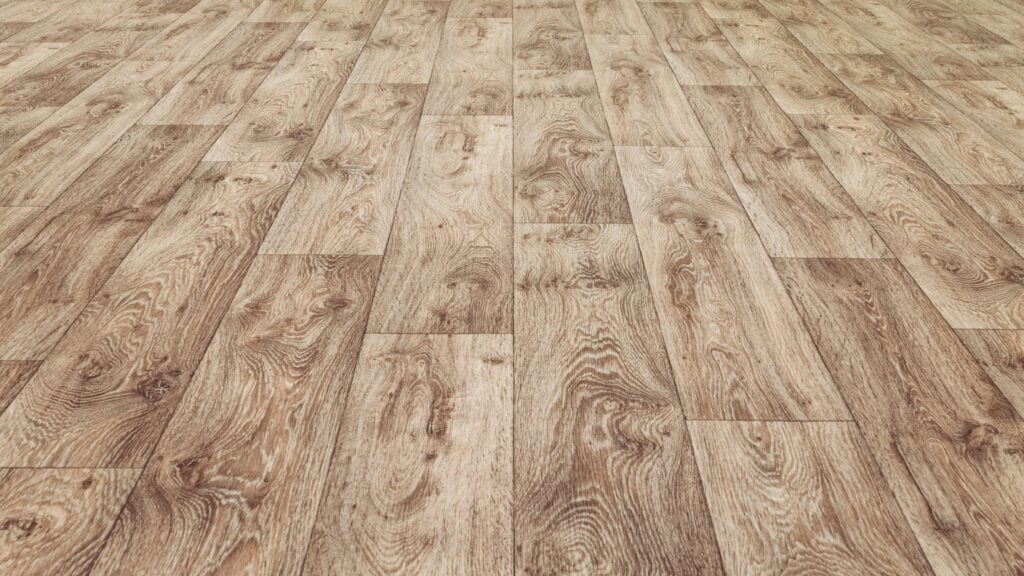- Triplo X do Teacher Everton é bom? Vale a pena? - 15 de outubro de 2024
- Teacher AI é bom? Vale a pena? - 15 de outubro de 2024
- KNN Idiomas é bom? Vale a pena? - 14 de outubro de 2024
Que tal treinar os seus conhecimentos em inglês com Texto com Passive Voice?
Você já deve saber o que são as passive voice, mas a melhor maneira mesmo é aprender observando as na prática.
Por isso, vamos ler a história do piso de linóleo, e depois tentar responder as questões de interpretação no final.
Então, vamos?
Texto com Passive Voice – The History of Linoleum

https://www.galaxiefloorstores.com/our-blog/articles/The-History-of-Linoleum
Linoleum, a floor, and wall covering material used in place of Kamptulicon, was invented in 1860 by rubber manufacturer Fredrick Walton. Walton got the idea for the material after observing that a characteristic covering – or “skin” – was being produced by oxidized linseed oil as it forms into paint. Walton received a British patent for his invention and together with fellow inventor Fredrick Thomas Palmer went on to produce additional inventions. Lincrusta and Anaglypta were also produced by them. Both are unique forms of Victorian home wall coverings.
The invention of Linoleum was later publicized by Michael Nairn, the Scottish flooring manufacturer who is best known as the pioneer of the traditional inlaid pattern that characterizes linoleum coverings. During the 1960s, the use of linoleum was slowed by the rise of vinyl as a more popular floor covering. It has, however, made a comeback in recent years. The name linoleum was inspired by the Latin words “linum” and “oleum”, which mean flax and oil, respectively.



